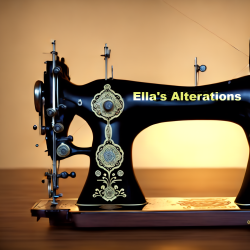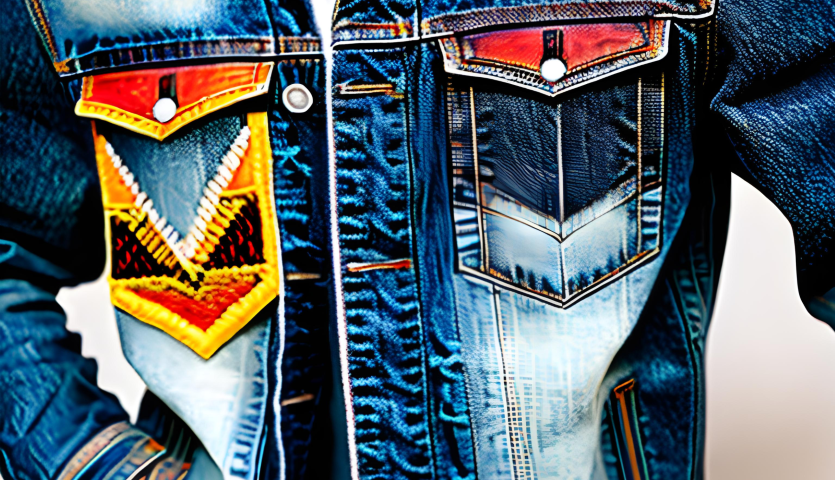
Creating a Sustainable Closet: Alterations for Longevity.
Creating a sustainable closet through alterations for longevity is an approach that promotes responsible consumption and reduces the negative impact of the fashion industry. By extending the lifespan of garments through repairs, alterations, and upcycling, we can reduce clothing waste and conserve resources. This shift towards a conscious and mindful wardrobe encourages the use of high-quality, timeless pieces and supports ethical fashion practices. Embracing alterations fosters personalization, uniqueness, and a connection with our clothing. By adopting sustainable fashion practices, we can contribute to a more environmentally and socially responsible fashion industry, promoting transparency, fair labor practices, and reducing the exploitation of resources.


